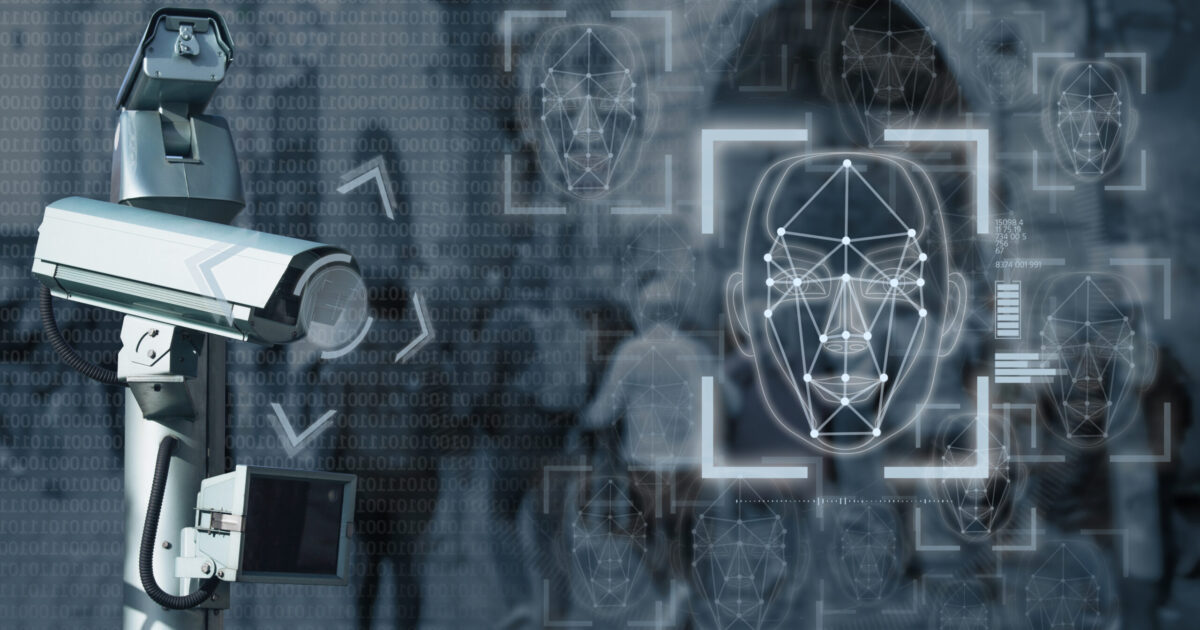Often touted as a “survival superfood”, pemmican has a deep history in North America as it has sustained populations for centuries.

It is currently used as survival food or for preppers eager to bolster their reserves. It can be formed into bars or strips to be eaten as is or used in a variety of recipes for nutrition and flavor.
In our age of convenience and abundance, you don’t hear much about pemmican in mainstream educational outlets.
Packed full of nutrients, proteins, and fats you can easily meet your calorie and nutrition requirements with this indigenous tradition.
It has been adopted by modern civilizations as a way to prepare for situations where food will come by. Pemmican stores extremely well if you take the time to preserve it properly.
But how long can it last?
Pemmican has a high shelf life of anywhere between 3 years to 5 years if prepared and stored properly. The variability in how long it stores for lies in the meat quality, preparation method, and storage process.
Native cultures in North America have been using pemmican for centuries which was then acquired by the first settlers.
It was a tradeable commodity and used as both a survival food in lean times as well as a special treat during times of celebration or holidays.
Pemmican is so versatile that it’s been used in rations during times of war. Let’s look at what makes this survival food so versatile and ideal for long-term storage.
What Is Pemmican Made Of?
Pemmican consists of dried meat, animal fat, and dried fruit. Beef jerky is a popular dried meat to use because it already has a long shelf life and can add flavoring.
The dried meat is then combined with rendered animal fat (suet is popular) and dried berries. You can substitute the suet for tallow if that is more convenient for you.
It can be made with any type of meat, as long as it can be dried and pulverized into a flour-like texture.
Traditionally, bigger animals such as moose, deer, and elk are used as they make an excellent jerky.
While you can use animals such as fish, rabbits, and squirrels, they don’t have the fat content that you want to have when forming your pemmican.
The meat can be drier than typical jerky because you are going to end up smashing it into a coarse mixture and doesn’t need to be chewy.
Some people prefer chewy pemmican but the more moisture you have the less shelf life it’ll have.
The next step in making pemmican is to render your source of fat. You want to bring the fat up to temperature and then cook it for several hours.
You’ll notice bubbles forming on the top of the mixture which is an indication to keep cooking. It needs to stay at a low temperature and can be taken off when the bubbles stop forming.
Afterward, strain your fat to get rid of any particulate matter and set it aside for a few minutes. Mix your beef shred with…
Continue reading here








 Survival food is a key element of any prepper’s food storage plans.
Survival food is a key element of any prepper’s food storage plans. Not everyone is prepared for a crisis.
Not everyone is prepared for a crisis.

